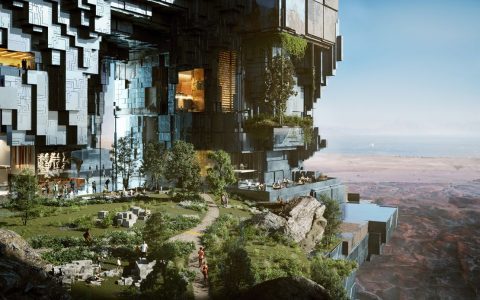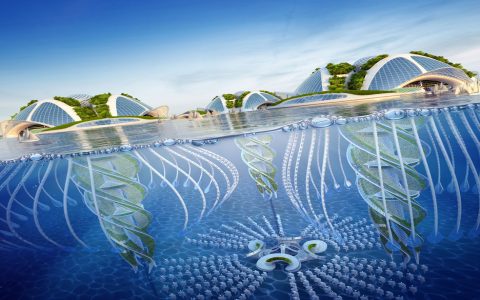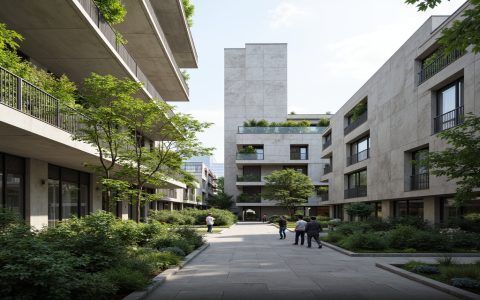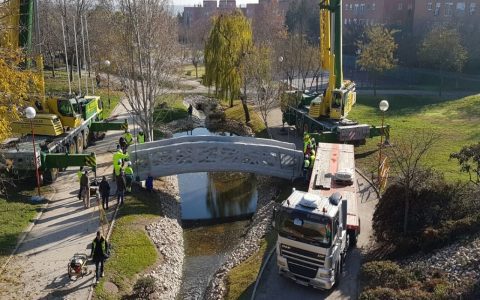Concrete apartments are residential units constructed primarily using reinforced concrete for their structural framework, including walls, floors, and often ceilings. This construction method offers a unique set of characteristics influencing their design, performance, and appeal.
Advantages of Concrete Construction in Apartments
- Durability and Longevity: Concrete is exceptionally robust, offering high resistance to fire, pests, rot, and weathering. This inherent strength translates to a longer lifespan for the building and reduced need for structural repairs.
- Sound Insulation: The mass and density of concrete provide superior acoustic performance, significantly reducing sound transmission between units and from external sources, leading to quieter living environments.
- Thermal Mass: Concrete has a high thermal mass, meaning it can absorb, store, and slowly release heat. This helps to moderate indoor temperature fluctuations, potentially reducing energy consumption for heating and cooling.
- Structural Integrity and Design Flexibility: The strength of concrete allows for larger open-plan layouts, greater window spans, and fewer internal supporting walls, offering more design freedom for architects and interior designers.
- Low Maintenance: Concrete surfaces are generally low maintenance, requiring less frequent upkeep compared to materials like wood or plaster.
Considerations for Concrete Apartments
- Environmental Impact: The production of cement, a key ingredient in concrete, is energy-intensive and a significant source of CO2 emissions. However, the industry is exploring and implementing greener manufacturing processes and alternative materials.
- Aesthetics: While many appreciate the minimalist or industrial-chic aesthetic of exposed concrete, it can feel cold or stark if not balanced with other materials, textures, and thoughtful interior design.
- Renovation Difficulty: Modifying or renovating concrete structures, such as moving walls or installing new utilities, can be more challenging and costly than in timber-frame constructions.
- Initial Cost: Construction with concrete can sometimes have a higher upfront cost compared to other building methods, although this can be offset by lower long-term maintenance and energy savings.
Living Experience: Well-designed concrete apartments can offer a secure, quiet, and thermally comfortable living environment. Modern architectural approaches often soften concrete's rawness with wood accents, ample natural light, and sophisticated interior finishes to create appealing and contemporary living spaces.







